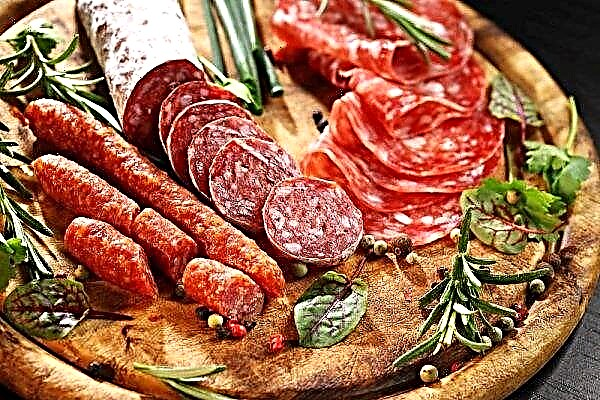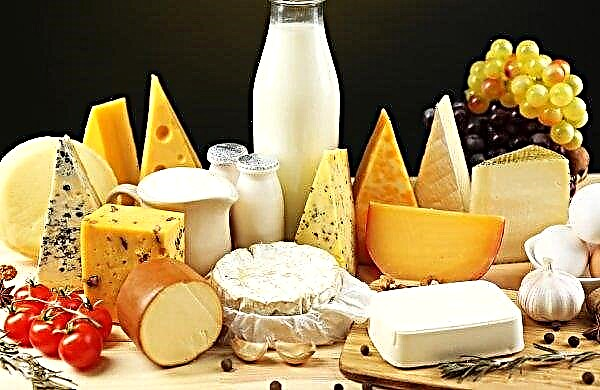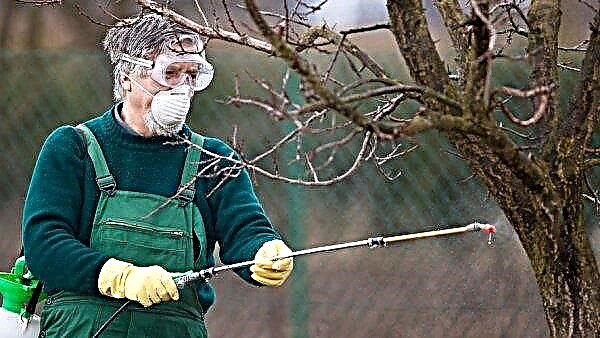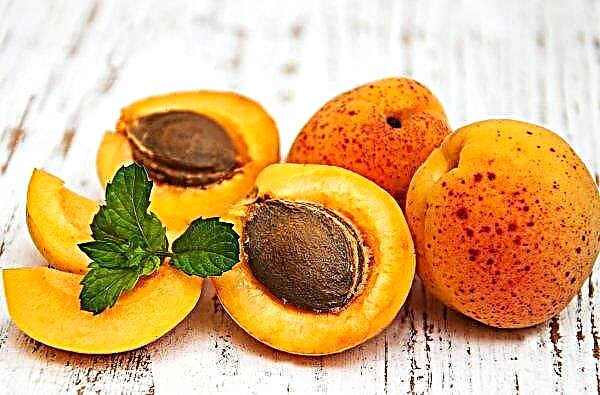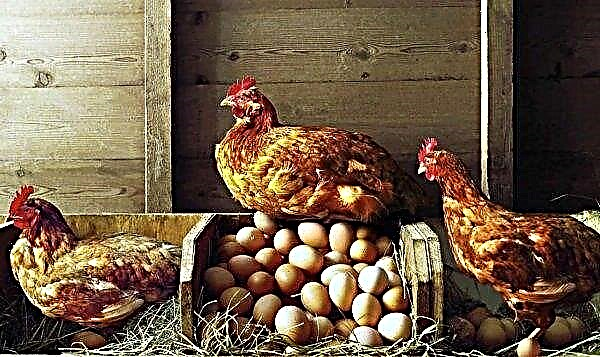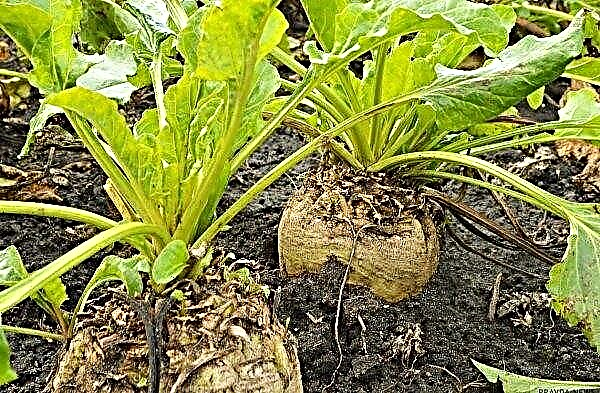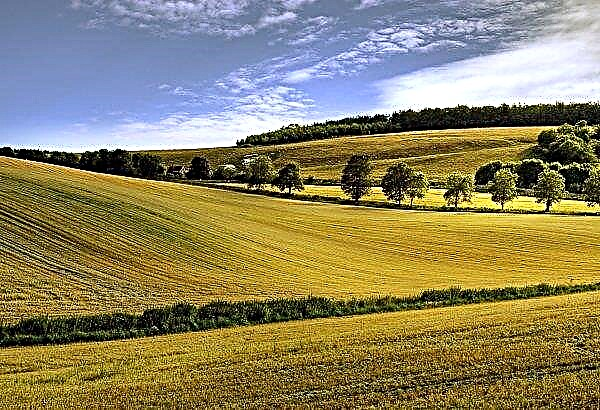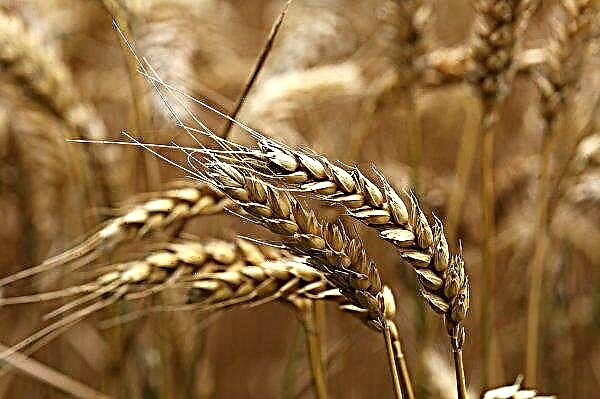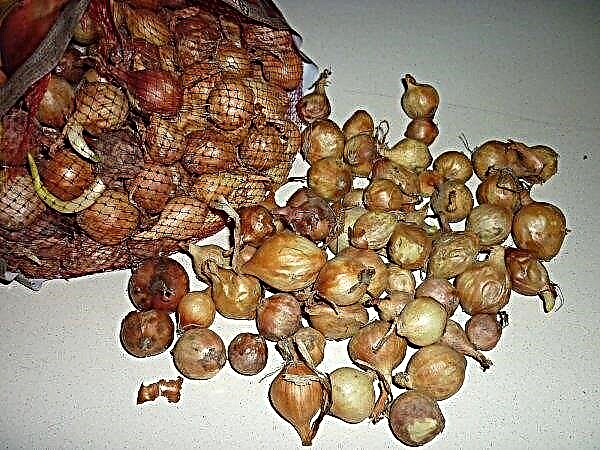Many gardeners resort to the use of greenhouses. These facilities help to grow vegetables and herbs, regardless of weather conditions or the time of year. The temperature inside, and therefore the future crop, will directly depend on the correctly selected material for the "walls" of the greenhouse. Reinforced film is the most common material for covering a greenhouse. Its features will be discussed in this article.
What is a reinforced film
Reinforced film (AP) is a durable three-layer material designed to decorate the walls of greenhouses to create a greenhouse effect. Currently, there are many materials on the market that perform the same function, but experienced gardeners still prefer exclusively reinforced film, since it has the best properties and performance among its “competitors”.
 The AP perfectly protects the “indoor” garden from winds, precipitation, fog and frost, and also helps maintain an optimal constant temperature in the greenhouse.
The AP perfectly protects the “indoor” garden from winds, precipitation, fog and frost, and also helps maintain an optimal constant temperature in the greenhouse.
It is worth noting that the walls of the greenhouse can be built from ordinary plastic film (which will be less costly), but such insulation can only last 1 season, while the reinforced film eliminates the need to update the material for a longer time (3-5 years).
As mentioned above, the AP consists of three layers: directly reinforced - the most durable layer, as well as two layers of oilcloth, designed to stabilize penetrating sunlight.
The main characteristics of the material:
- withstands wind force up to 34 m / s;
- does not change properties at air temperature in the range of -50 ... + 60 ° С;
- light permeability is about 77%.
Did you know? The first greenhouses in Russia were built under Peter I and were originally built exclusively for the cultivation of medicinal crops.
Varieties of reinforced films for the greenhouse
AP is made from fairly dense raw materials: fiberglass, polyethylene and polypropylene. They all have their own characteristics, so each option should be considered in more detail. Note that the price difference is not much different.
Fiberglass
Fiberglass coating is very popular because it is incredibly durable. Oilcloths from this material are available in different variations of length and width, which makes this type of AP very convenient.

High pressure polyethylene
A coating made of polyethylene is the most common type of AP, since such a fiber has the highest quality indicators and a fairly affordable price.
- Three-layer polyethylene AP will allow the summer resident:
- use high-strength fiber for building greenhouses, very resistant to mechanical and thermal influences;
- Do not worry about having to change coverage every season;
- maintain a constant temperature and humidity regime inside the greenhouse.

Made of polypropylene
Greenhouse polypropylene film is very popular in Europe, but on the territory of Russia and Ukraine is much less common. This material is less durable than fiberglass and polyethylene, but the difference in operation is not very noticeable.
 Such material can last 3-5 years without replacement, continuing to maintain the necessary microclimate and retain ultraviolet rays.
Such material can last 3-5 years without replacement, continuing to maintain the necessary microclimate and retain ultraviolet rays.
Advantages and disadvantages of the material
Reinforced film - the most popular material for the design of greenhouses.
- And there are reasons for this, since the film has a lot of advantages:
- high degree of resistance to ultraviolet rays;
- the ability to create the perfect microclimate inside the greenhouse (constant temperature, optimal humidity);
- ease of operation (in case of damage, you can easily replace only the rupture site, small cracks and holes cannot stretch or spoil the material);
- lack of toxic materials;
- a high degree of strength to both mechanical and natural influences.
However, despite the large number of advantages, the AP has one significant drawback: because of its density the film reduces the penetration of light to plants by 12%.
How to use the film for greenhouses
The AP is very easy to use: it is applied directly to pre-installed wooden or metal pipes (frame). Fastens the film with screws or a construction stapler.
Reinforced material has two sides, and which of them to lay - is of great importance. When tensioning, it is important to note that the smooth side must be inside.

When mechanical damage (holes) appears, it is quite easy to get rid of them: it is enough to simply heat the damaged area with an iron, which will restore the integrity of the coating. However, it is better to prepare a special set in advance, which in most stores is sold together with a roll of fiber.
Important! The coating must be tightened tightly, however, before fixing it is worth loosening it a bit to prevent excessive tension. So the design will more effectively protect plants from wind and rain.
So, when choosing a cover for a greenhouse, you should pay attention to such a useful invention as a three-layer reinforced film. This purchase will save money and time on pulling the basics, and also help protect plants from external factors and create the most optimal microclimate inside the greenhouse.


